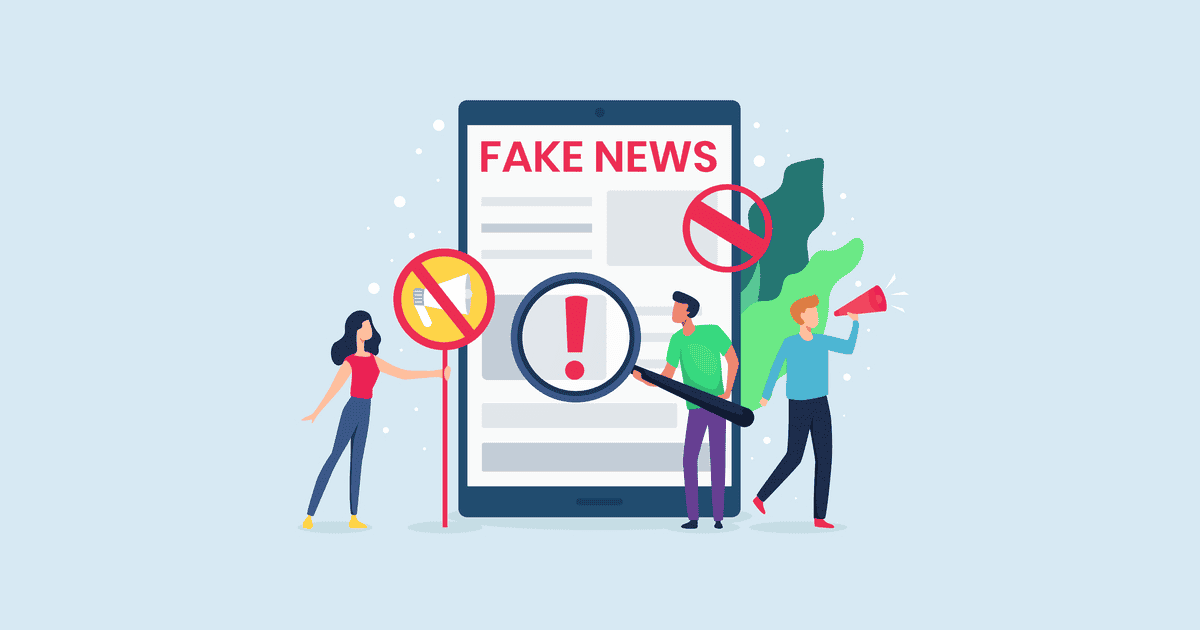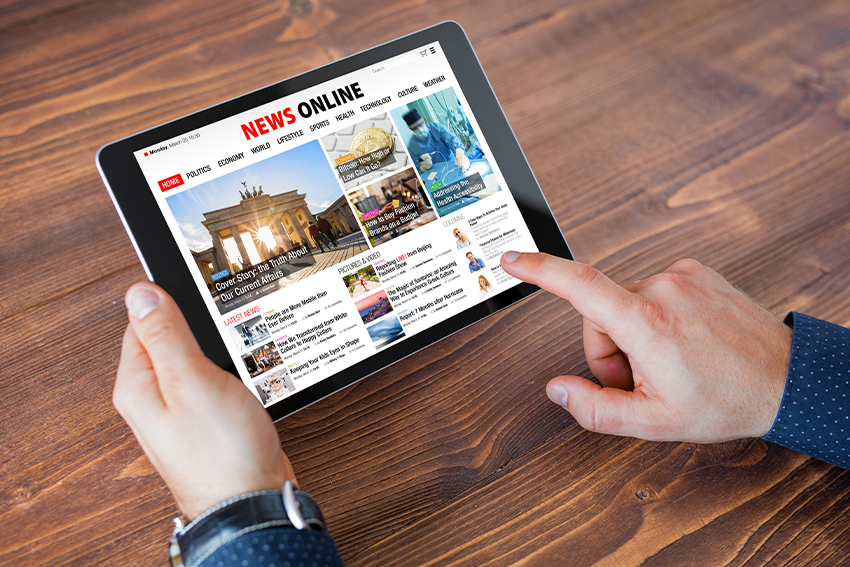Popular News - Truths
Wiki Article
7 Simple Techniques For Popular News
Table of ContentsHow Popular News can Save You Time, Stress, and Money.The Of Popular News10 Easy Facts About Popular News ShownRumored Buzz on Popular News
Age is additionally a consider the way people view the role of social networks. More youthful social networks news consumers are more likely to claim it has impacted their understanding for the better. Concerning half of social media information consumers ages 18 to 29 (48%) state information on social networks makes them much better educated, compared with 37% of those 30 to 49, 28% of those 50 to 64, and 27% of those 65 and older.
Research study on a state's new tax obligation code most likely won't generate the same passion throughout state borders. Sometimes experts can aid localize a larger nationwide story that impacts even more than simply a city or state.
If you are publishing relevant research study, loop in MarComm prior to the article being released to ensure that the pitch can emphasize the most recent element of the story: the publication of the study - Popular News. Events and announcements that entail prominent figures are most likely to generate media insurance coverage. Sees from national figures usually need months of prep work because of expected area rate of interest
Little Known Facts About Popular News.
Stories usually entail some sort of problem. By meaning, these stories are virtually constantly debatable to some extent. University personnel and professors are typically regarded as unbiased specialists. We can aid reduce possible reputational danger with these tales while also boosting the chances of generating protection. While a number of the above information values are interwoven, human rate of interest stories typically stand apart.
Human rate of interest components can include news value to other tales that might appear to be doing not have in the other values. The novelty or quirk of a circumstance can assist influence whether or not a news outlet is most likely to cover a story. While this is not an exhaustive checklist, checking to see if your story or event has these high qualities before calling us will assist you figure out which components hold one of the most news value.

There is additionally considerable proof that even more customers can begin to pay for news in the futureif publishers can comprehend them and serve them well. Half of those who do not pay for news actively look for news news and appear like subscribers in different ways. And almost 2 in 10 of those who do not subscribe to information now suggest they are inclined to begin to pay in the future.
The Buzz on Popular News
We then ask a set of inquiries to figure out whether people spend for particular sorts of information resources. We asked individuals to call the resources they make use of most oftenwhether they pay for them or nothow they use them, the certain points they take into consideration essential concerning them, and some relevant questions regarding the cost and value of that source.
Greater than 4 in 10 also point out the fact that close friends and family members register for the exact same product. More than a 3rd of individuals state they initially subscribed in reaction to a discount rate or promotion. In print, individuals additionally are relocated greatly to sign up for get vouchers that save them cash, something that has untapped implications in digital.
Our Popular News Statements
Concerning fifty percent are "news candidates," indicating they proactively seek out information as opposed to mainly running across it in a more passive method, though the information that nonpayers are seeking (in the meantime, a minimum of) is often regarding nationwide politics. Like subscribers, much of these people also obtain news multiple times a day, utilize the news in methods comparable to clients, and are interested in comparable topics, including international or international information.We asked everybody that told us they why not find out more have a regular cost-free resource of news exactly how likely they would certainly be to spend for it. Greater than a quarter (26 percent) say they would certainly go to least rather most likely to start paying for itand 10 percent are really or extremely likely. These likely payers tend to be news applicants, see it here and they additionally tend to be people who currently spend for an information membership in enhancement to the resource they adhere to free of charge.
Of those who do pay, 54 percent subscribe to newspapers in print or digitally, which represents 29 percent of Americans overall. The majority of them acquire a print publication in addition to their paper and pay for 2 to 4 information resources in overall, some even much more. And while 53 percent are long-time customers (5+ years), greater than a quarter (27 percent) have actually bought their paper membership within the previous year.
Couple of print clients assume it most likely they will certainly switch to a digital-only registration in the future, and majority of those who favor digital have actually never paid for a print version of the exact same source (Popular News). Totally 75 percent of paper payers state they mostly checked out the paper in print, while 21 percent are mainly digital users, and 4 percent define themselves as uniformly divided
Report this wiki page